What are the processing techniques of gold jewelry? Ten common gold jewelry treatments
In today's mature smelting technology, the key to the beauty of gold jewelry lies in the process, without surface treatment of gold jewelry, is unable to present a variety of light and shadow effects, can not bloom dazzling luster. Different processes can show the different characteristics of gold jewelry, and understanding these ten common gold jewelry treatment processes will make it easier to choose. Do you know these ten common gold jewelry processing techniques?
1. Car flower process
Diamond knives with different patterns of knife edges rotate at high speed on the surface of gold jewelry to cut various patterns. Car flowers can add exquisite patterns to jewelry, making gold jewelry more layered and three-dimensional.
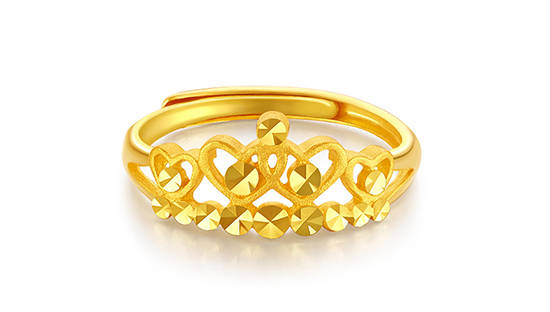
2. Polishing process
Use a polishing machine to polish the surface of the gold jewelry to a smooth and shiny finish. The polishing process gives the gold surface a mirror effect, revealing the gold's bright metallic luster and making it look more sparkling.
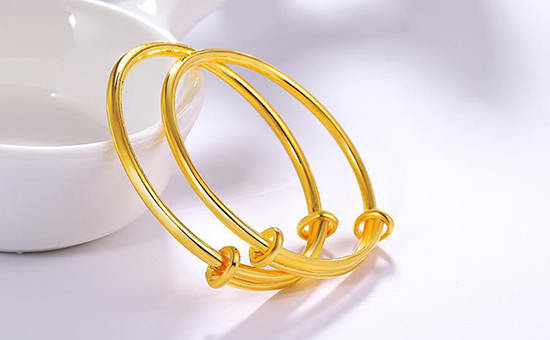
3. Sandblasting process
After polishing the jewelry, quartz sand or river sand is sprayed completely or partially on the surface of the exposed jewelry under high pressure to form a fine matte surface. The sandblasting process can make gold jewelry more textured and hazy and soft.
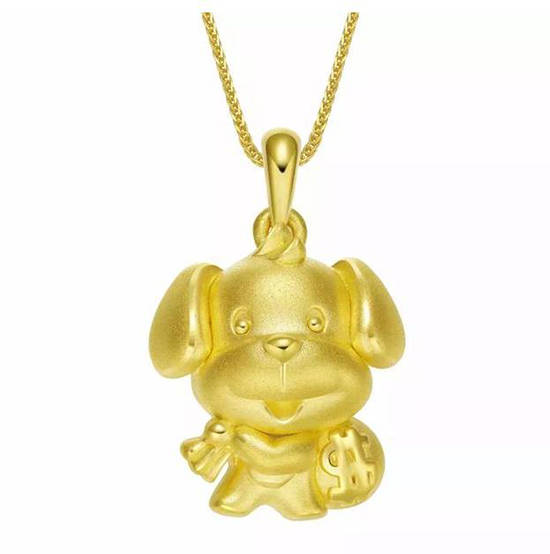
4. Nail sand process
Use the sand nailing machine diamond needle to rotate the blow on the gold face to nail out irregular, shiny concave and convex surfaces, creating a coarse sand surface effect. Compared to sandblasting, the surface of the jewelry under the nail sand process is rougher, but there are more refractive surfaces, which looks very shiny.

5. Matte process
Rub the jewelry part with an agate knife, which is used to smooth the lines and corners of the edge of the jewelry to make the gold surface smooth and shiny. It can make the gold jewelry more distinct and three-dimensional.

6. Ordinary wire drawing process
The imported sand drawing knife is used to pull at a uniform speed on the surface of the precious metal to form a three-dimensional matte brushed jewelry surface. The brushed surface presents a shiny silk thread arrangement effect, enhancing the texture and sophistication of the gold.
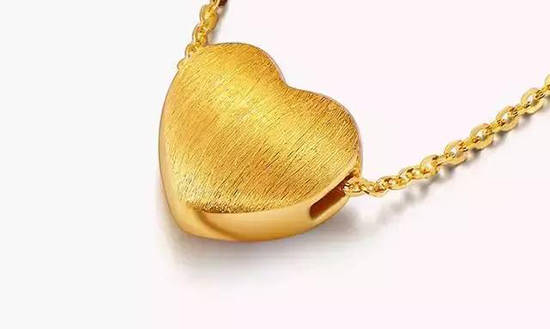
7. Colorful wire drawing process
The machine drill pulls out strips of colored filamentous patterns on the surface of the gold. Gold jewelry made by colorful brushed craftsmanship can transform into rainbow-like colors under the light, and the visual effect is excellent.

8. Stamping process
The stamping process, also known as die stamping and embossing, is a relief pattern manufacturing process. The common gold locks are basically stamping processes.
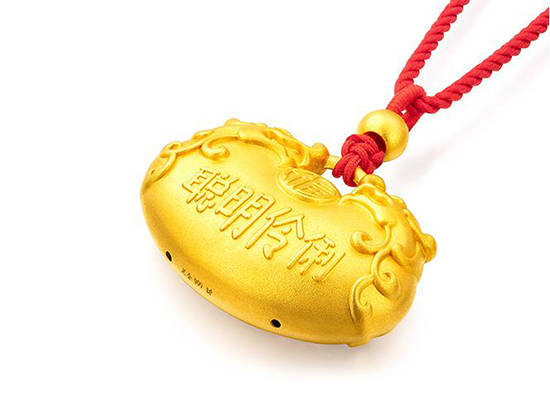
9. Filigree process
Filigree process refers to the fine gold process of using metal filaments to make shapes by means of coiling, pinching, silk, piling and so on. Filigree jewelry is delicate, delicate, rich in connotation and very popular.

10. Sand pushing process
Use sandpaper to push and pull on the gold surface to form a matte matte surface. The sand pushing surface creates a silky, soft matte matte effect. It can be seen that the beauty of gold jewelry is for a reason, and these extraordinary craftsmanship are indispensable, and at the same time, they are inseparable from the craftsmen who work silently.
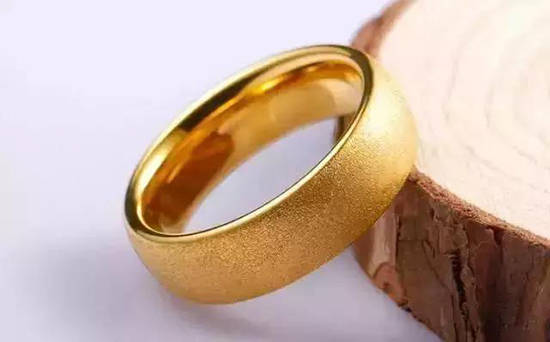
 English
English 简体中文
简体中文









